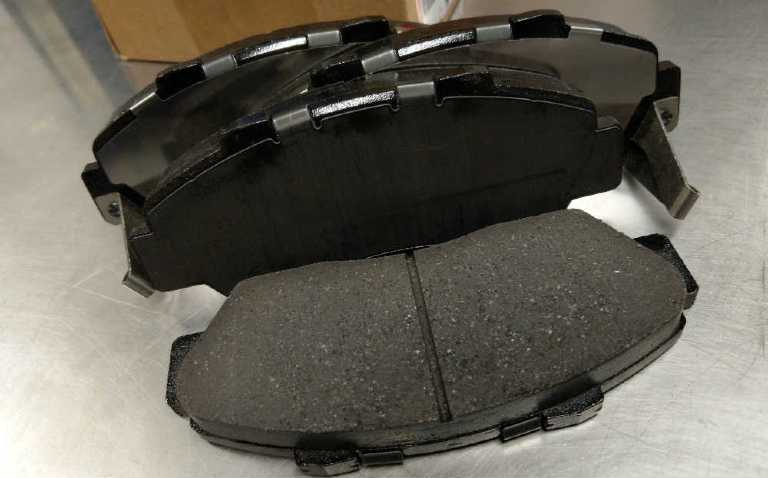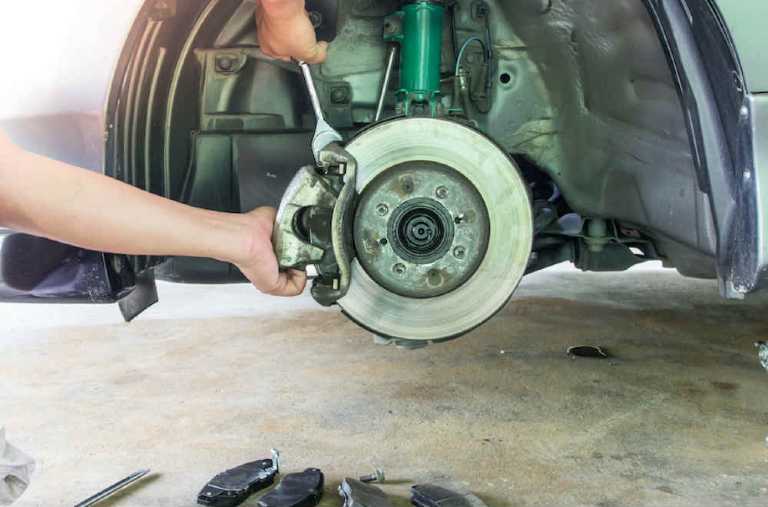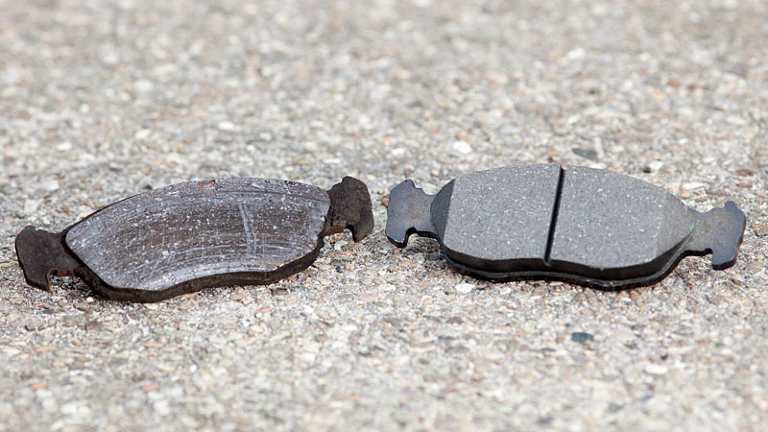Contents
Various systems and components are present in today’s vehicles, but the most fundamental components that are as important as the engine are the brakes. Brake pads, in particular, are one of the main components of brakes. While car brakes in the older days didn’t rely on pads, this somewhat newer solution is far more superior than their shoe-dependant counterparts. Brake pads act in a similar fashion to shoes in brake drums. What’s different with brake pads is the fact that they apply pressure on the rotor of the wheel. The pressure that car brake pads apply is generated by the driver and amplified thanks to hydraulics. This system of wires and hoses connecting everything together makes a braking system that uses brake pads far more efficiently and longer-lasting than its predecessor. This is why maintaining and improving your vehicle’s safety is as important as improving its performance, if not more important. But where do you start?
Which Brake Pads Do You Need?

NAO
For those of you who aren’t familiar with the world of car brake pads, a good starting point would be to get to know the different types of pads. NAO brake pads are the most affordable to purchase brake pads and replace. Non-asbestos organic pads do not contain metal. In fact, they contain different types of resins, rubbers and glass. While they don’t offer excellent braking properties they are enough for everyday driving.
Metallic
With metallic pads, you get far greater braking performance with less brake dust forming, but more noise when braking. Metallic pads, as their name implies, contain metal such as steel wool and copper. These types of pads are resistant to heat but they do not perform well in cold weather.
Semi-Metallic
Semi-metallic pads are made using both resins, glass and rubbers, as well as metal. This makes for a good balance between noise, brake dust formation, brake performance, heat resistance, and longevity. Semi-metallic pads are not the greatest option but also not the worst.
Ceramic
If you would like to purchase brake pads that won’t let you down in any weather condition, then you should go with ceramic brake pads. Made from ceramic fibres and fill materials, ceramic pads offer the best performance. They cool off quite fast and dissipate heat quickly. While ceramic pads are the most expensive option, they are the option that creates the least amount of dust brake.
How to Replace Brake Pads

What’s Needed
When you want to replace your brake pads you’ll usually need a jack and jack stands, a lug wrench, c-clamp, wrench, and disposable gloves.
Replacement
1. To start replacing your brake pads you first need to jack up your vehicle and place the stands so that you can work on it safely. Once that’s done, you need to remove the wheel by removing the lug nuts holding it in place.
2. When you’ve removed the wheel, you’ll need to remove the slider bolt. There is one found on each side of the calliper, but you’ll remove only the bottom one. These hold the calliper in place and some cars have them on the inside while others on the outside of the calliper.
3. When you’re done removing the slider bolts, pivot the calliper upwards. Make sure the hydraulic line flexes and moves with the calliper without disconnecting, or it means you’re doing something wrong.
4. Next, you need to slide out the brake pads. This is as straightforward as it gets, and after you’ve removed the pads you then need to replace the retaining clips. New clips come with every pad, so make sure to place yours before you slide in the new pads.
5. With the new retaining clips in place, slide each brake pad into its slot in the calliper. Then, secure the calliper by fastening the slider bolt you removed. This is where you need to use a c-clamp in order to secure the position of the pads as well as the calliper.
6. Reposition the calliper properly and ensure that the new pads have been greased according to the manual provided with the pads. Take a good look at the brake fluid level and if the fluid is about to overflow the two callipers, suck some out of the reservoir. Lastly, test drive your vehicle to check if the pads are working well.

Brake Pad Maintenance
Check
In order to ensure that your pads are in fact working well for the majority of their lifespan, you should do regular checks. This includes checking the brake fluid, pads, as well as rotors so that no issues go undetected.
Driving
Your driving habits have an impact on the lifespan of your pads. By driving passively you can help prolong their lifespan. Avoiding speeding and braking abruptly can help. Coasting when road and traffic conditions allow for it also helps.

